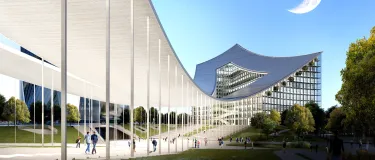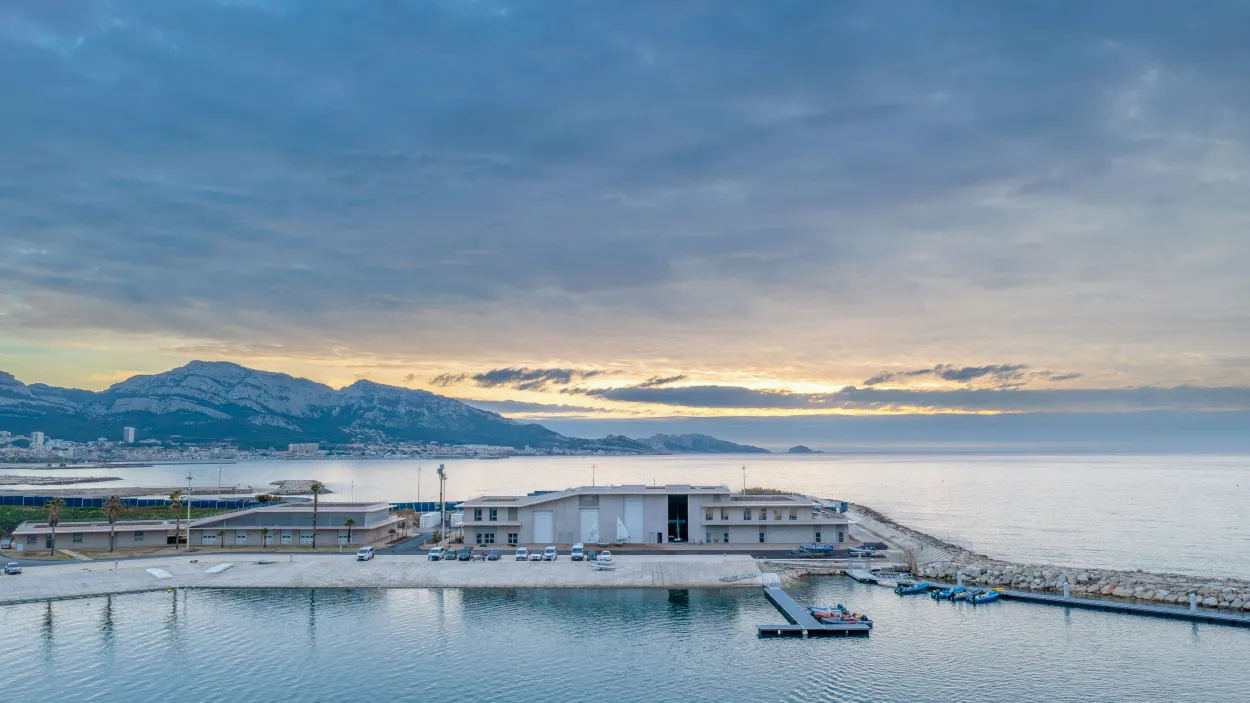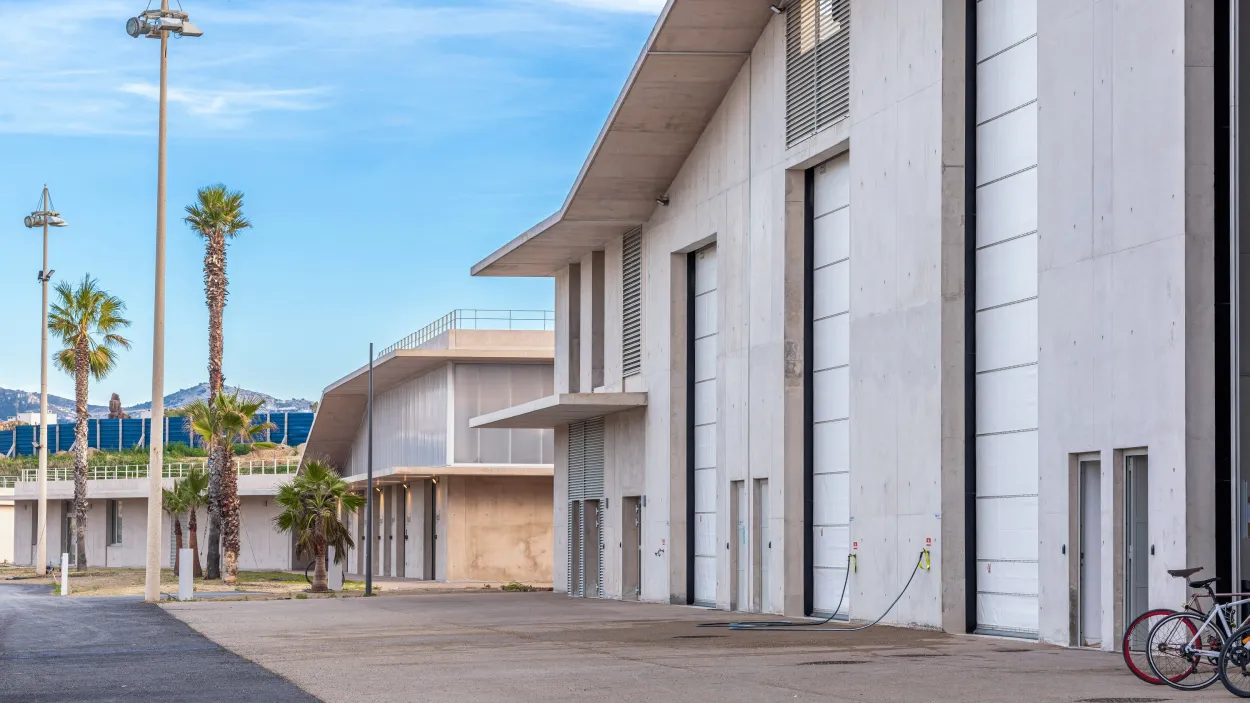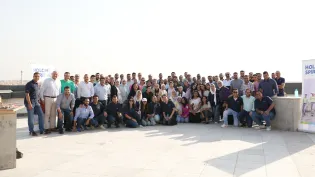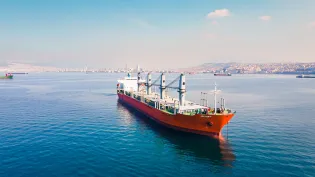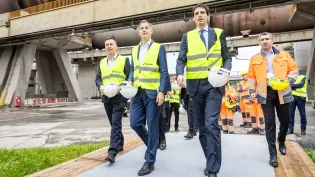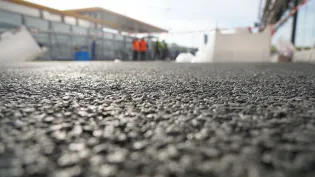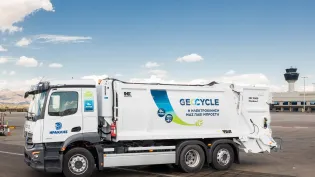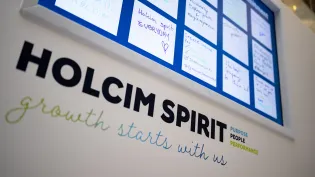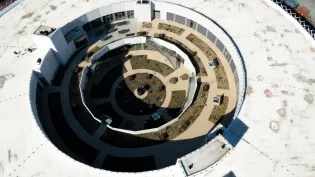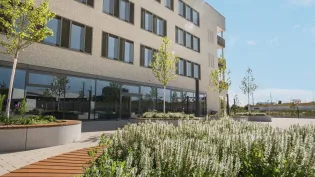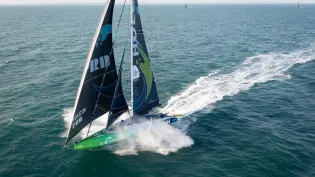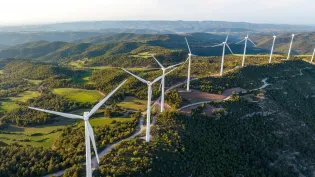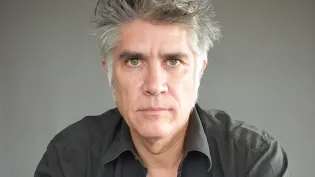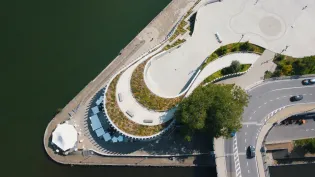Scaling calcined clay for sustainable building
Developers, architects and contractors don’t need to reinvent the wheel to build sustainably. They just need to choose the next generation of cement, which Holcim is reinventing using low-emission raw materials such as calcined clay.

“With growing demand for low-carbon building solutions, it’s time to change the recipe for this material, cement, that is literally the foundation of today’s built environment.”
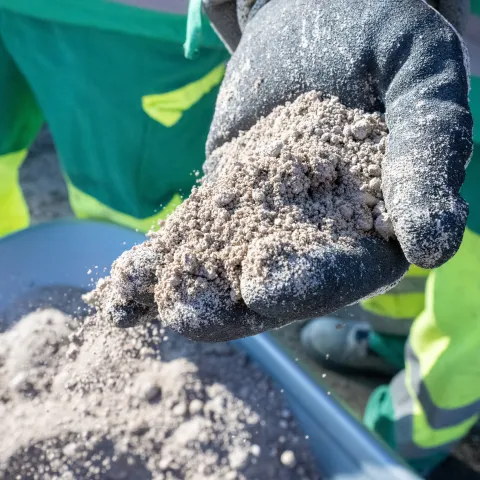
The key ingredient for this shift? Calcined clay, which can half the CO2 footprint of cement with no compromise on performance.
It’s also one essential driver that is enabling us to scale up our sustainable offering from France to Ecuador, in line with our strategy NextGen Growth 2030. With sustainability driving profitable growth, we are targeting above 50% of net sales of ECOPlanet low-carbon cement and ECOPact low-carbon concrete by 2030.
By scaling up calcined clay, Holcim is not only reducing its environmental footprint but also providing an innovative solution to meet our customers’ most ambitious goals, as the leading partner in sustainable construction.
An innovation in formulation
First things first: if we want to reduce the CO2 footprint of a cement, we need to reduce the amount of clinker inside. Clinker is the most carbon-intensive component of cement because it is made by heating limestone, and the chemical reaction that results emits CO2. But it’s also essential for performance, as clinker provides compressive strength.
“The name of the game is formulation,” Rémi says. “We can change the composition of our cements to partially replace clinker with supplementary cementitious materials, making the end product more sustainable without compromising performance.”
The key material for innovative formulations today is calcined clay: natural clay that has been heated to make it reactive with cement. The calcined clay production process is much less CO2 intensive than clinker production, generating less than a quarter of the emissions.
Not only is calcined clay sustainable, clay is also one of the most abundant natural resources in the world, making it widely and often locally available. This means that we can fully manage our supply chain and reduce dependence on traditional supplementary cementitious materials such as slag and fly ash, industrial by-products that are becoming increasingly scarce.
Scaling up production
“Calcined clay is clearly the future, and we sold as much calcined clay-based cement in H1 2025 alone – half a million tons – as we did in the first four years since its launch in 2021,” Rémi says.
“Calcined clay-based cement is already available to customers from nine plants across Europe, Latin America and North Africa, and we are ramping up production further,” he adds.
We launched Europe’s first dedicated calcined clay cement production line at our plant in Saint-Pierre-la-Cour, France in 2023. The plant will enable Holcim in France to produce 500,000 tons of calcined clay per year by 2030. The innovative production line will be powered with 100% biomass-based alternative fuels and waste heat-recovery systems, making the manufacturing of calcined clay nearly carbon-free and ultra-efficient.
Building on the success of Saint-Pierre-la-Cour, in 2024 we started constructing a new calcined clay production line at our plant in Cížkovice in the Czech Republic. The project is receiving financial support from the Czech Ministry of Environment and is slated for completion in 2026.
In addition to building new production lines, we are retrofitting existing clinker kilns to produce calcined clay from Mexico and Ecuador to Spain and Egypt. The largest of these is at our plant in Guayaquil, Ecuador, which was commissioned in H1 2025 and is set to produce up to 2 million tons of calcined clay-based cement per year.
Building with calcined clay
“Construction sites around the world are already using calcined clay-based cement from Holcim,” Rémi says. “In concrete, it mixes, pours and cures just like your regular ready-mix – but with a much lower carbon footprint.”
For the 2024 Paris Olympic Games, the city of Marseille, France renovated the Stade Nautique du Roucas Blanc marina to host the sailing events. The project included 7,500 m² of new or renovated buildings and storage areas as well as 17,000 m² of outdoor space. Holcim supplied 7,000 m3 of ECOPact concrete with a 40% lower CO2 footprint made from calcined clay-based ECOPlanet cement. This innovative low-carbon cement helped the project obtain a Gold label from BDM (Bâtiments Durables Méditerranéens), a coveted sustainable building certification.
And in Milan, the CityWave office complex designed by BIG (Bjarke Ingels Group) will complete the new CityLife district. The project’s bold design – two 10 and 21-storey buildings connected by a 140 m sweeping roof – required high-performance building solutions for the foundations and structure.
CityWave also has ambitious sustainability objectives, aiming for LEED Platinum, WELL Platinum and WiredScore Platinum certifications. To help our customers meet these standards, Holcim provided 90,000 m3 of concrete including nearly 30,000 m3 of ECOPact, made from ECOPlanet calcined-clay based cement with a 54% lower CO2 footprint.
In Mexico, luxury meets sustainability at the 20-floor Woha Tower in Cancun. Here, 204 apartments are designed for maximum energy efficiency, with the building’s systems - from solar panels to water reuse - engineered for reduced environmental impact. The developer embraced sustainability in the choice of construction materials as well, using ECOPact with calcined-clay based cement to achieve a 30% CO2 reduction. That’s roughly equivalent to the carbon absorbed by 1,600 trees over 10 years.
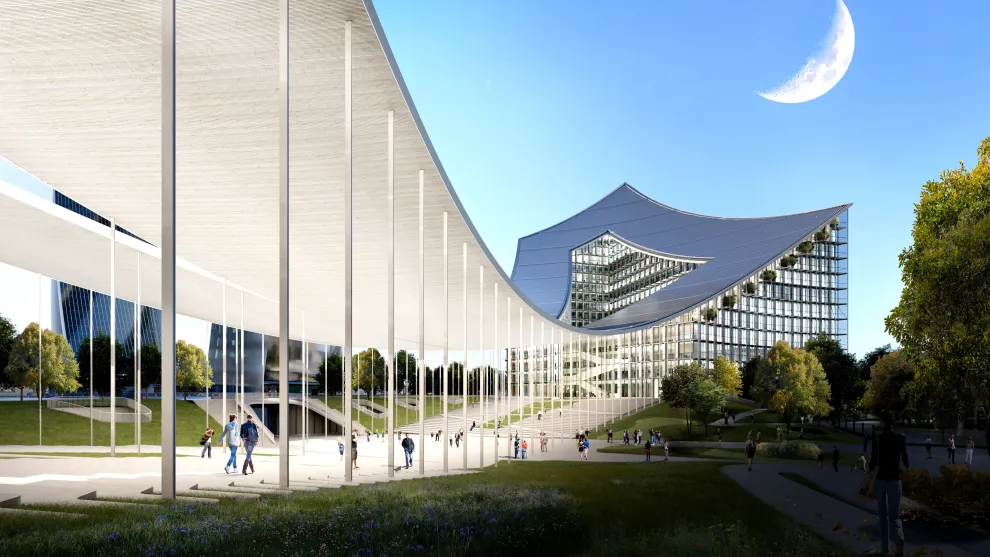
CityWave office complex in Milan, Italy | ©BIG
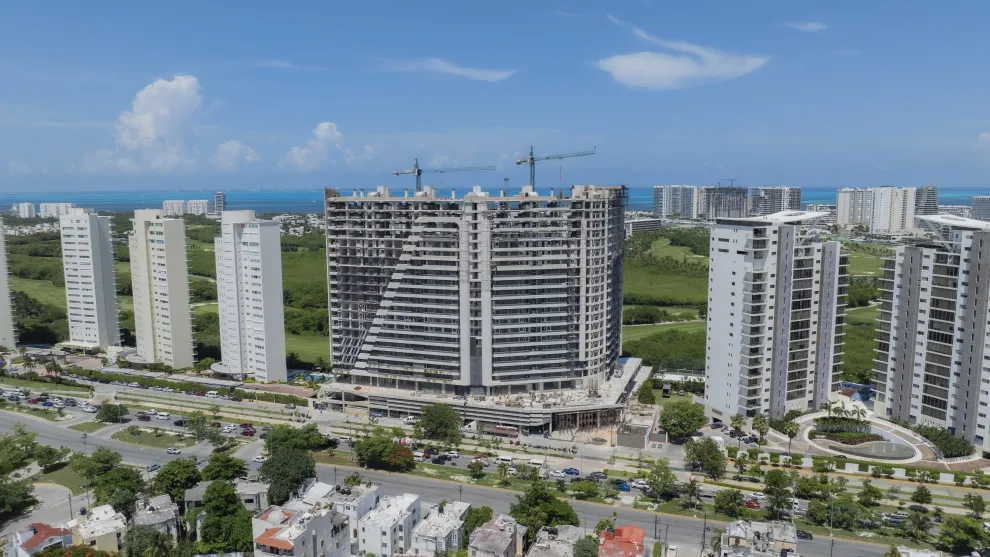
Woha Tower in Cancun, Mexico
These projects are just the beginning. The shift to calcined clay-based formulations is a fundamental means by which sustainability will drive profitable growth for Holcim, as we fulfil our NextGen Growth 2030 strategy as the leading partner for sustainable construction.





